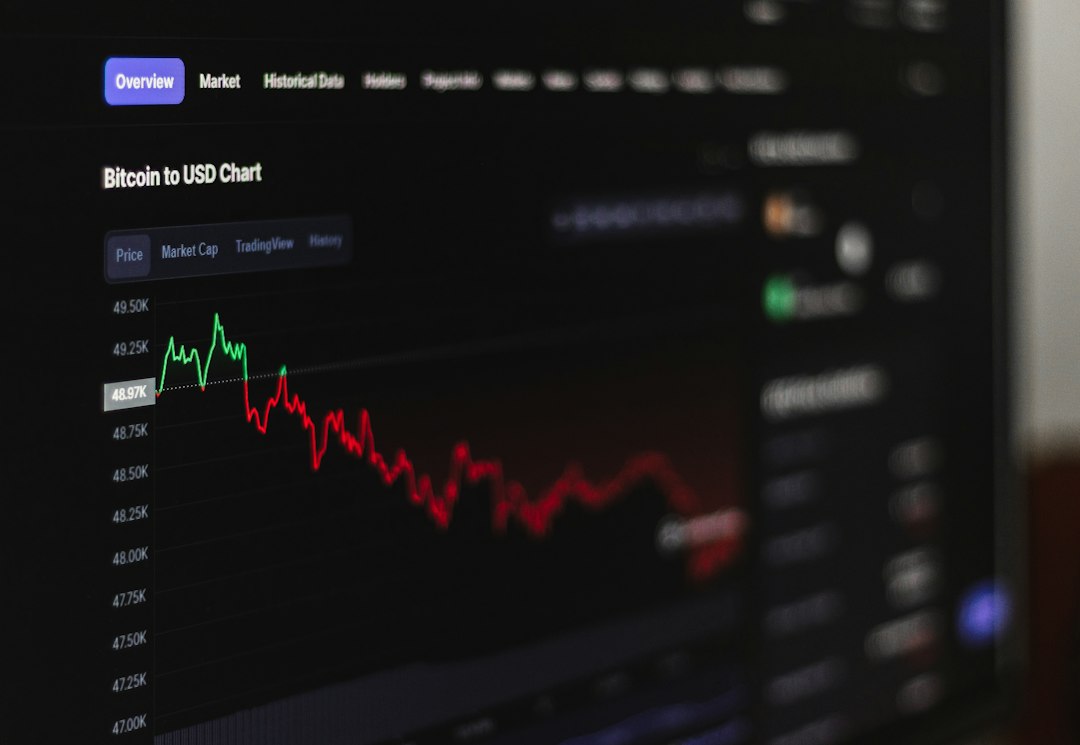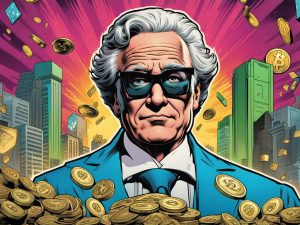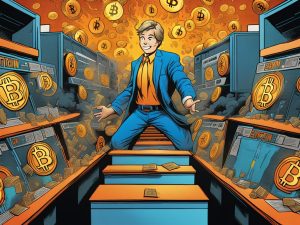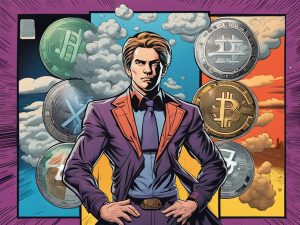The recent courtroom drama involving FTX and Sam Bankman-Fried has shed light on inconsistencies in his statements and actions. The prosecution meticulously examined various forms of evidence, including emails, tweets, interviews, and press releases, in an effort to expose these inconsistencies to the jury. Despite claims of robust security and adherence to regulations, the prosecution emphasized the disparity between Bankman-Fried’s statements about FTX’s risk management and his involvement with Alameda during the exchange’s catastrophic downfall.
Memory Lapses and Evasive Maneuvers: Bankman-Fried’s Struggle Under Oath
Assistant US Attorney Danielle Sassoon led the prosecution’s efforts, focusing on the discrepancies in Bankman-Fried’s narrative. Throughout the intense questioning, Bankman-Fried frequently struggled to remember past comments and actions. This was particularly evident when it came to debunking FTX’s portrayal as a secure platform for investors. The prosecution presented a wealth of evidence from congressional testimony, emails, and tweets, which Bankman-Fried found difficult to counter due to his shaky recollection.
Bankman-Fried’s repeated phrases of “I don’t recall” and “I am not sure” became a recurring theme during the interrogation as he evaded direct answers to several questions. Judge Lewis Kaplan even admonished him at one point, urging him to simply answer the questions.
Nevertheless, amidst the relentless questioning, Bankman-Fried did admit to spearheading billion-dollar venture investments independently. He also acknowledged that Alameda had a significant credit advantage over other market players. However, when pressed about his control over FTX and Alameda, he responded with nuanced answers, clearly defining the limits of his executive powers.
Sassoon highlighted an instance of “backdated documents,” citing testimony from a former FTX official. According to this testimony, Bankman-Fried instructed the official to retroactively adjust Serum staking fees to increase the exchange’s revenue to $1 billion. Bankman-Fried admitted to signing a document later than its stated date, suggesting a pattern of such behavior.
Bankman-Fried also expressed surprise upon discovering an $8 billion loan from FTX client deposits to Alameda. However, he maintained that the hedge fund had enough assets to repay the loan, even days before both entities collapsed.
Behind the Casual Façade: Unveiling the Calculated Image of Bankman-Fried
In an interesting twist, the prosecution delved into Bankman-Fried’s choice of attire, suggesting that his casual clothing of T-shirts and shorts was a deliberate attempt to craft a certain image. Sassoon questioned whether this attire was a manifestation of self-aggrandizement, and Bankman-Fried confirmed that it was, indicating a strategic effort to shape public perception through his unconventional appearance.
This courtroom episode raises significant questions about Bankman-Fried’s tenure at FTX and Alameda. Both the jury and the public are left with a myriad of unanswered questions, eagerly awaiting further clarification.
Hot Take: The Credibility Crisis Surrounding Bankman-Fried
The courtroom proceedings have undoubtedly tarnished Sam Bankman-Fried’s credibility. His struggle to recall key details and his evasive maneuvers during questioning have raised doubts about the veracity of his statements regarding FTX’s risk management and his role in Alameda. The revelation of backdated documents and the discovery of an $8 billion loan further undermine his claims of transparency and sound financial practices. Moreover, the discussion surrounding his calculated image through casual attire adds another layer of skepticism. As this high-profile case unfolds, it is clear that Bankman-Fried faces an uphill battle to restore his reputation and regain the trust of investors and the public.





 By
By
 By
By
 By
By
 By
By
